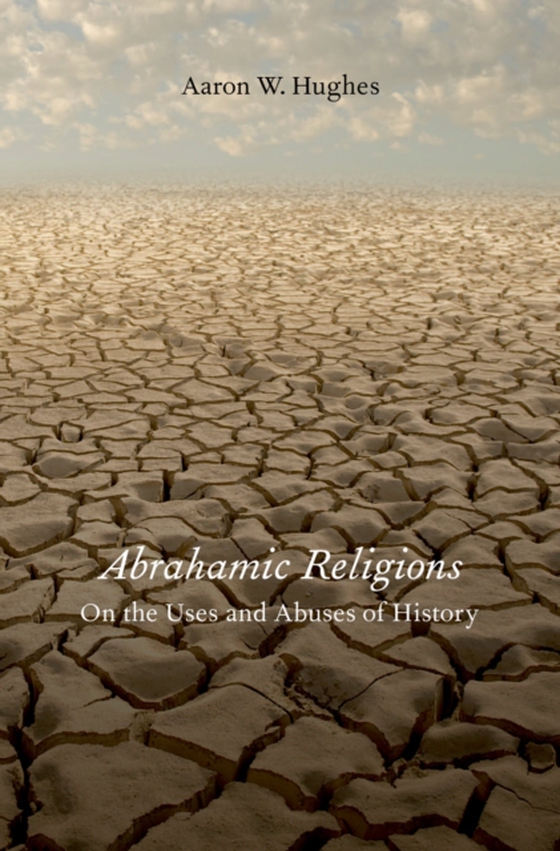
Abrahamic Religions e-bog
865,79 DKK
(ekskl. moms 692,63 DKK)
Recently, the term "e;Abrahamic religions"e; has been used with exceeding frequency in the academy. We now regularly encounter academic books, conferences, and even positions (including endowed chairs) devoted to the so-called "e;Abrahamic religions."e; But what exactly are "e;Abrahamic religions"e;? Although many perceive him as the common denominator of Judaism, Christ...
E-bog
865,79 DKK
Forlag
Oxford University Press
Udgivet
18 oktober 2012
Længde
240 sider
Genrer
HRAC
Sprog
English
Format
pdf
Beskyttelse
LCP
ISBN
9780199934652
Recently, the term "e;Abrahamic religions"e; has been used with exceeding frequency in the academy. We now regularly encounter academic books, conferences, and even positions (including endowed chairs) devoted to the so-called "e;Abrahamic religions."e; But what exactly are "e;Abrahamic religions"e;? Although many perceive him as the common denominator of Judaism, Christianity, and Islam, Abraham remains deceptively out of reach. An ahistorical figure, some contend he holds the seeds for historical reconciliation. Touted as symbol of ecumenicism, Abraham can just as easily function as one of division and exclusivity. Like our understanding of Abraham, the category "e;Abrahamic religions"e; is vague and nebulous. In Abrahamic Religions, Aaron Hughes examines the creation and dissemination of this term. Usually lost in contemporary discussions is a set of crucial questions: Where does the term "e;Abrahamic religions"e; derive? Who created it and for what purposes? What sort of intellectual work is it perceived to perform? Part genealogical and part analytical, this book seeks to raise and answer questions about the appropriateness and usefulness of employing "e;Abrahamic religions"e; as a vehicle for understanding and classifying data. In so doing, Abrahamic Religions can be taken as a case study that examines the construction of categories within the academic study of religion, showing how the categories we employ can become more an impediment than an expedient to understanding.
 Dansk
Dansk

